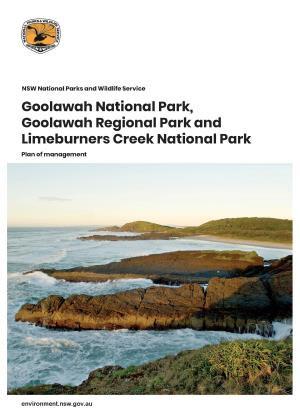Together with Limeburners Creek Nature Reserve, Sea Acres Nature Reserve and Crowdy Bay National Park, Hat Head National Park forms a system of protected areas between Harrington in the south and South West Rocks in the north which is broken only by the coastal towns and villages.
The main features of Hat Head National Park are the long sweeping Smoky and Killick Beaches, the dramatic and geologically significant headlands of Smoky Cape, Korogoro Point and the highest lighthouse in Australia at Smoky Cape.
The park has strong associations with the voyage along the eastern coast of Australia of Lieutenant James Cook who named the most striking headland in the park Smoky Cape in recognition of the fires he observed there during May 1770.
Aboriginal history abounds with many sites listed and an abundance of dreaming and contact stories associated with the park. Some of the shield trees on display in the Australian Museum were removed from the Smoky Cape Escarpment.
Extensive wetlands parallel the beaches of Hat Head National Park although these are being invaded by huge mobile dunes. The higher areas feature eucalypt woodlands grading to moister communities and rainforests in the gullies. The exposed headlands feature extensive coastal heaths with littoral rainforests and palm forests in their lees.
Hat Head National Park contains the northern range limit of a number of temperate species of flora and fauna as well as the southern limit of many tropical and sub-tropical species.
Recreational activities include fishing, camping, surfing, photography, sailboarding, skindiving, hang gliding and bush walking.
The park will be managed to conserve its natural and cultural heritage whilst remaining a venue for passive or appropriate recreational pursuits. This will be achieved by increasing the information available on plant and animal communities, completing flora studies and undertaking fauna studies as required.
Photo: Smoky Cape Lighthouse, coastline Hat Head National Park / Harry Creamer/OEH











